Allama Iqbal Park Innaugrated in Karachi’s Federal B Area – Explore Now!
-
Rida Shahid
-
- Published November 17, 2023
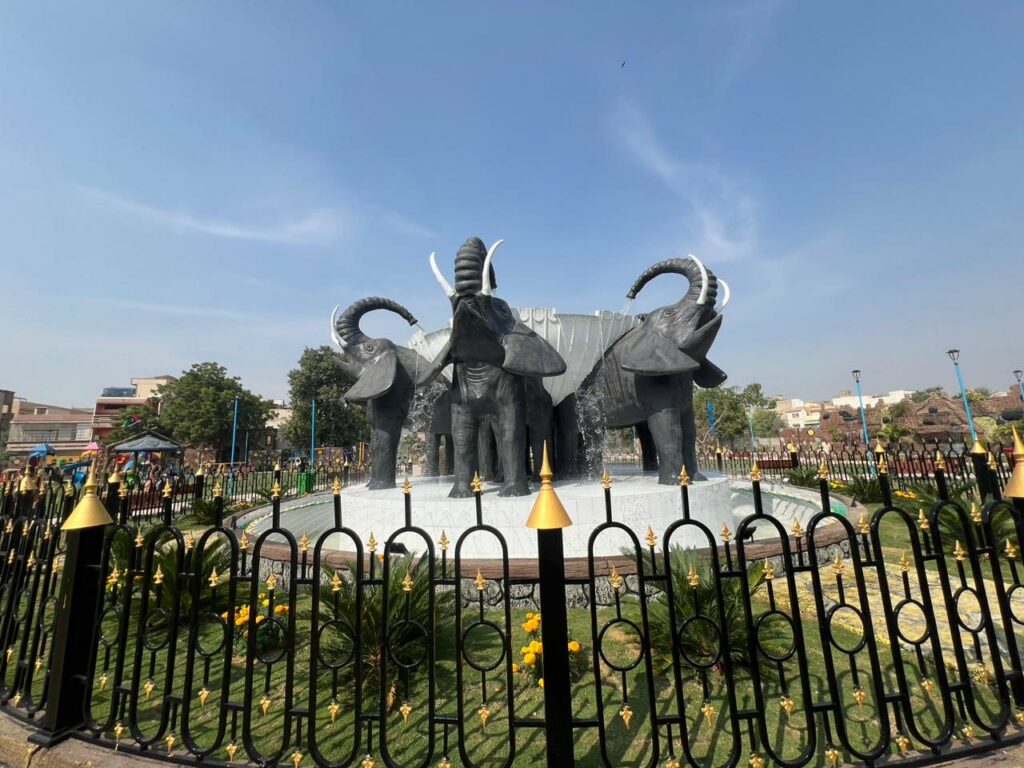
Mayor Murtaza Wahab inaugurated the much-anticipated Iqbal Park in Block 14, Gulberg Town, Federal B Area District Central, marking a significant leap forward in the Karachi Mega Project.
The inauguration ceremony, graced by Deputy Mayor Karachi Salman Abdullah Murad, People’s Party Central District President Masroor Ahsan, General Secretary Dil Muhammad, Saif Yar Khan, Shahzad Majeed, and other esteemed representatives, showcased the city’s commitment to holistic development.
Iqbal Park, sprawling across approximately 5 acres, is not just another green space. In addition to lush greenery, this central district gem boasts a dedicated walking track, a spacious parking area, and well-equipped cricket and football grounds—a testament to Karachi’s dedication to providing diverse recreational facilities for its residents.
Mayor Murtaza Wahab, speaking at the event, emphasized the significance of such parks in enhancing the quality of life for citizens. “This park is more than just a green haven; it’s a communal asset. We laid its foundation stone in June, and today, we witness the fruits of our commitment to providing civic services in Karachi,” he stated.
Addressing the local community, Mayor Wahab urged support for the maintenance of this new communal space, emphasizing the importance of quality facilities at the grassroots level.
“This project underscores our unwavering dedication to development without discrimination. From the rapid progress of Bakhtiari Youth Center in North Nazimabad to the ongoing underpass construction at Meena Bazar Karimabad, our daily endeavors span the entire city,” Mayor Wahab added.
Acknowledging and resolving civic challenges, Mayor Wahab highlighted the successful resolution of Karachi’s garbage collection issues, showcasing improved conditions. Looking ahead, he assured citizens that the construction of roads and the Star Ground in Malir would further enhance convenience for residents.
As Karachi embraces the inauguration of Iqbal Park, it signifies more than just a new recreational space—it symbolizes the city’s continuous journey toward equitable development, communal well-being, and a greener future.

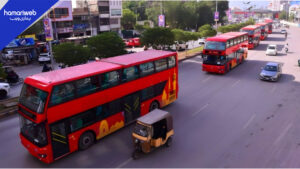
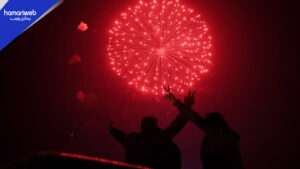
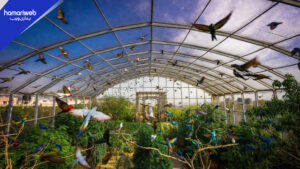
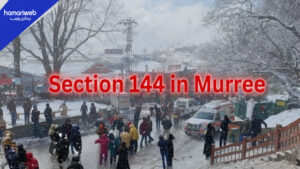
Leave a Reply